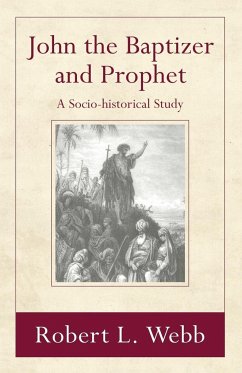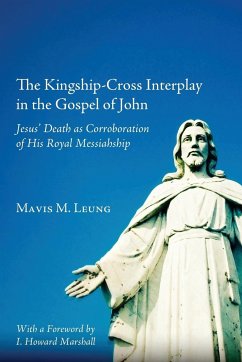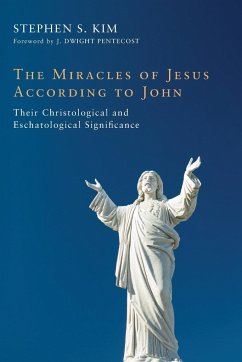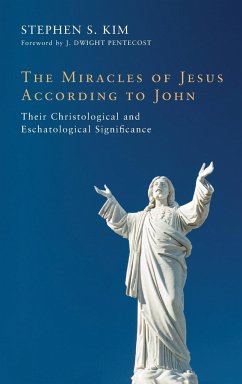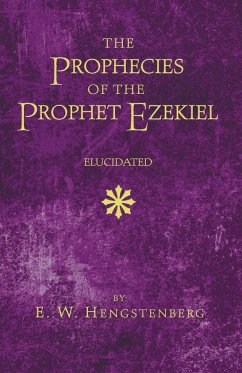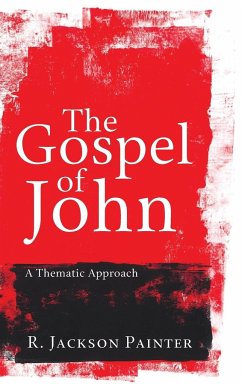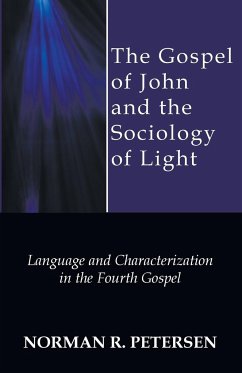This volume, a revised version of a doctoral dissertation submitted to the University of Sheffield in 1990, places John the Baptist within his first-century Jewish context by exploring his public roles and activities as a baptizer and a prophet as they would have been understood within the sociohistorical context of Second Temple Judaism. After surveying the relevant traditions concerning John the Baptist (in particular, Josephus, canonical Gospels, and extracanonical sources), the volume turns to the use of ablutions and immersions in the Hebrew Bible, in Second Temple Jewish literature, and especially in the Qumran literature. In light of this context, several functions of John's baptism are proposed both in continuity with his context and in distinction from it. Then, Webb explores John's role as a prophet in two respects. First, after surveying the expectation of eschatological figures of judgment and restoration in the Hebrew Bible and Second Temple Jewish literature, John's own proclamation of a coming one is understood as describing Yahweh's coming to judge and restore, but through an unspecified human agent. Second, in light of the varieties of prophetic figures in the Second Temple period, John is best understood as a popular prophet who uses the symbolic event of the people's baptism in the Jordan River and their return home to symbolize not only their entrance into the true remnant Israel but also their entrance into the Promised Land. When this symbolic activity is placed alongside John's prophetic critique of Herod Antipas and of Herod's marriage, the social and political implications of this critique become evident. The symbolic activity and strong critique led to the Baptist's death under Herod Antipas.
Hinweis: Dieser Artikel kann nur an eine deutsche Lieferadresse ausgeliefert werden.
Hinweis: Dieser Artikel kann nur an eine deutsche Lieferadresse ausgeliefert werden.

